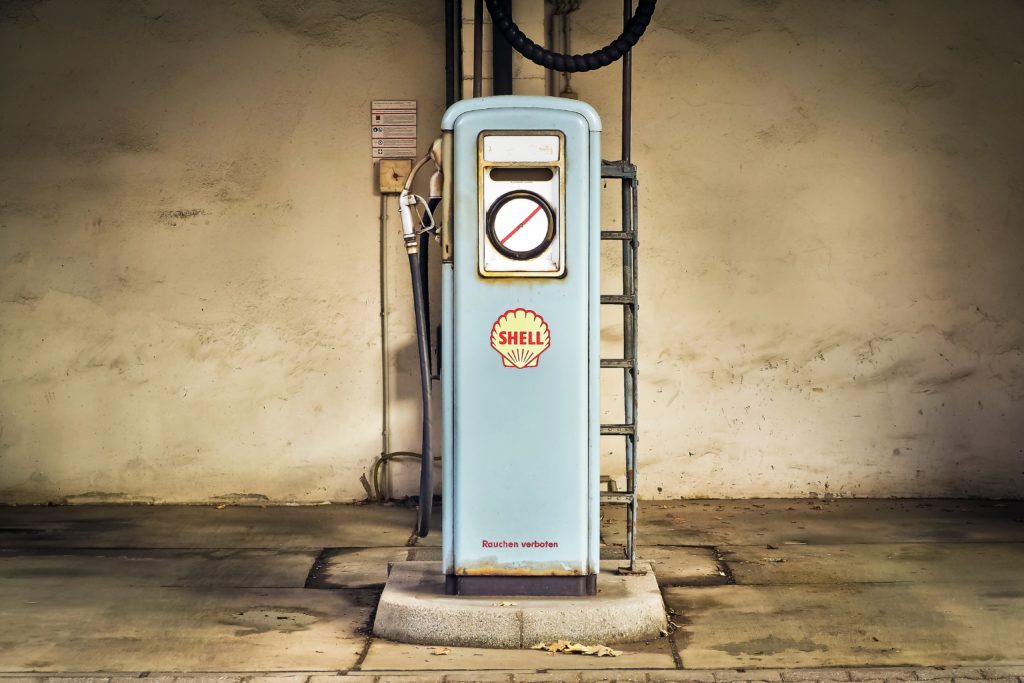What determines the cost of shipping? Mostly, it’s the cost of fuel.
Are you surprised at the amount you’ve been quoted to ship your car? It’s not, as you might think, that the carrier is holding you up. Blame the fuel pump.
Fuel is the largest single fixed cost in the vehicle shipping business, so it stands to reason that when fuel prices go up, so does the cost of shipping. Most auto transport vehicles get from 5 to 7 miles per gallon of fuel, so figure it out: a look at the Statista.com website shows us that the price of diesel fuel in March 2017 was $2.55 per gallon, so a trip of 1,000 miles would have cost about $423 (using an average of 6 mpg); that same trip in April of this year, at the predicted price of $2.99 per gallon, will cost $496.
You may not be concerned about the price hike if you’re driving a family sedan. But for these huge carriers, the difference is tremendous. The figures we’ve used will get your car somewhere near the Georgia-Florida line from Youngstown; if you were shipping to Los Angeles, the 2,400-mile trip would cost the carrier $1198 in fuel costs, compared to $1,020 last year at the same time. Take into consideration the cost of vehicle maintenance, and you can understand why it’s costing more to get your vehicle to its destination. Check This Out.
According to the American Automobile Association, fuel price hikes should last into the early summer months, though will likely not reach the $3.47/gallon we paid in 2011 through 2014. There is tremendous volatility in the oil and gasoline market, AAA reports. Crude oil is selling at high prices compared to previous years and domestic gasoline demand has been high most of the winter — among the factors driving gas prices up and draining consumers’ wallets.
There’s little that can change the consumption of auto carriers, which are already driven at the most cost-conscious level their drivers can implement. But everyday Americans can conserve fuel in several ways, AAA says:
- Slow down. The faster you drive the more fuel you use. Every 5 mph over 50 mph is like paying an additional $0.18 per gallon, according to the Department of Energy.
- Share work or school rides by carpooling or consider public transportation.
- Do not use your trunk for storage. The heavier your car, the more fuel it uses.
- Combine errands. If possible, park in a central spot and walk from place to place.

